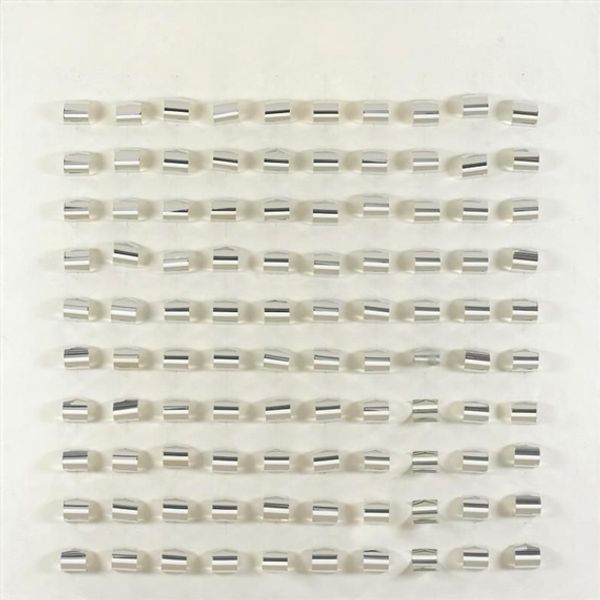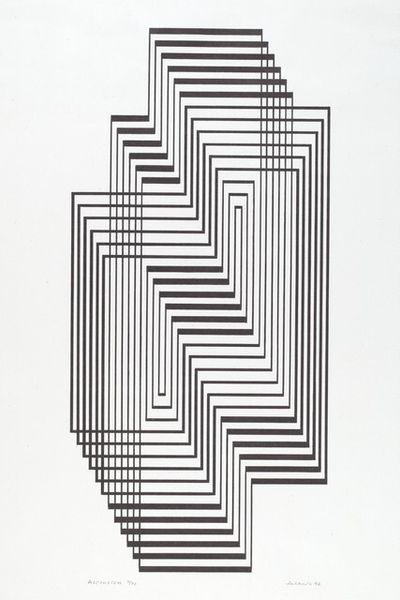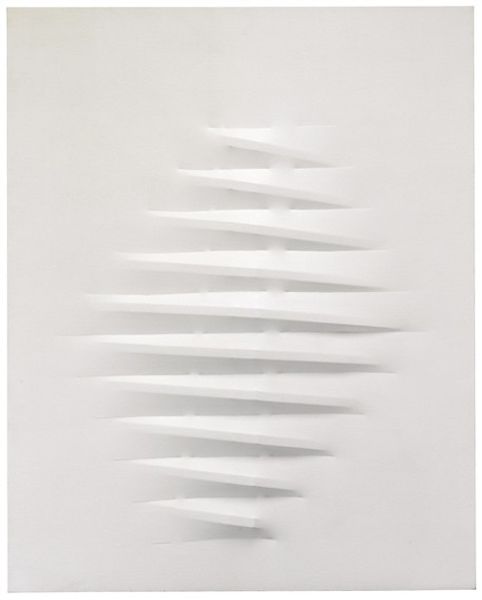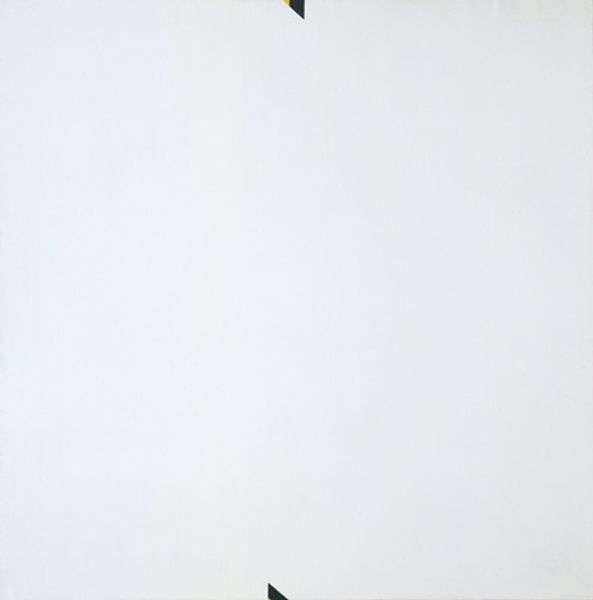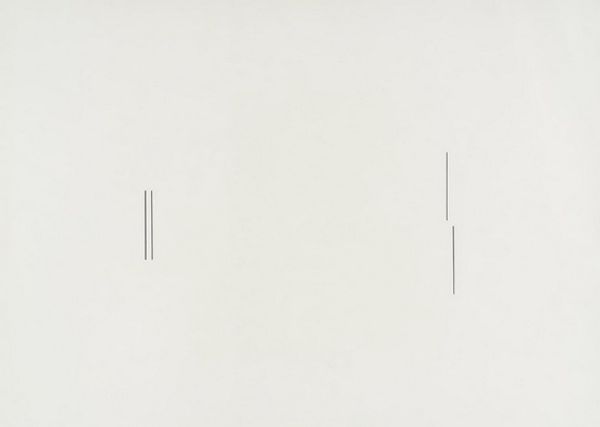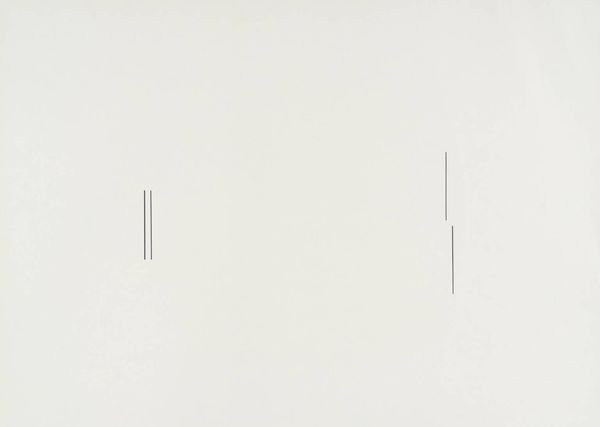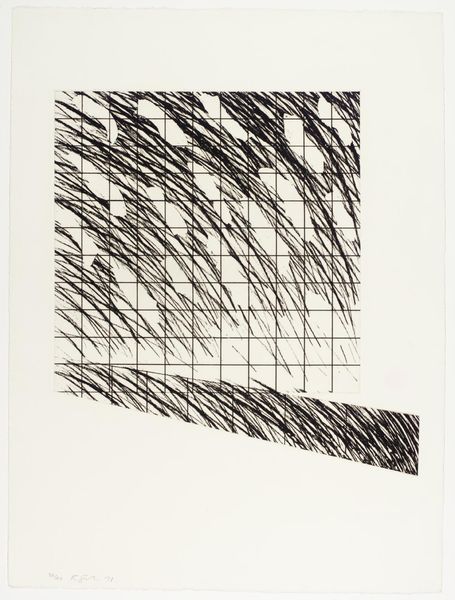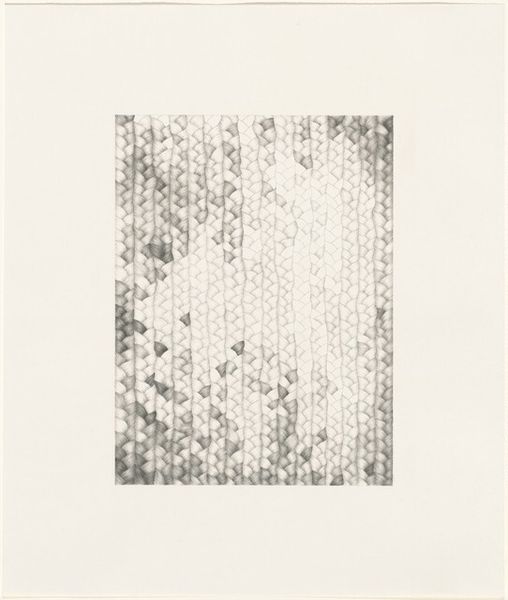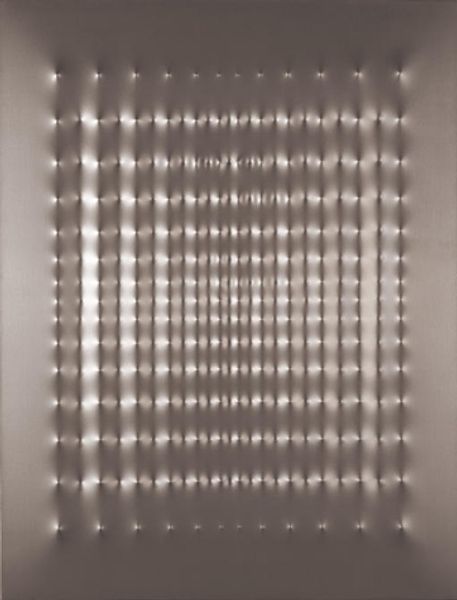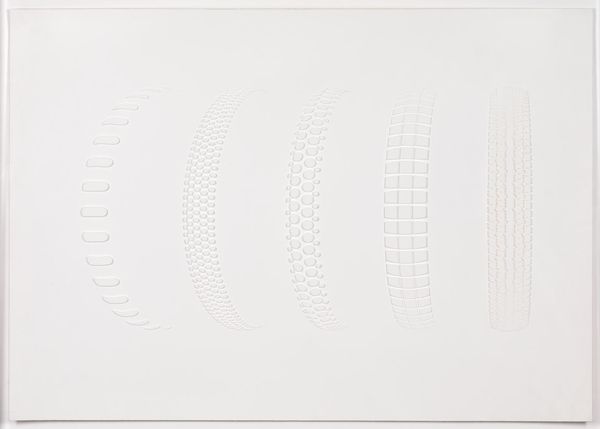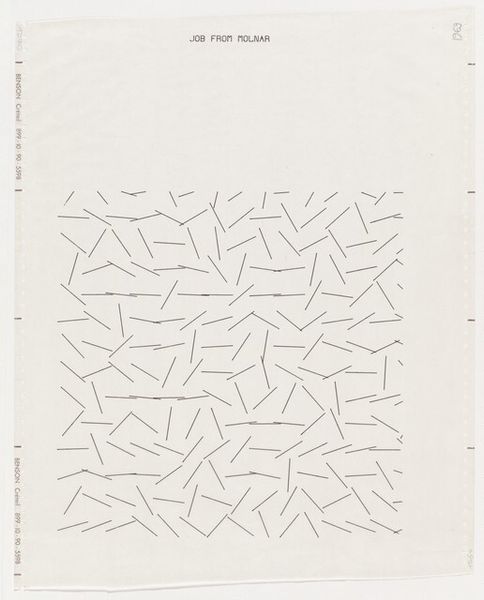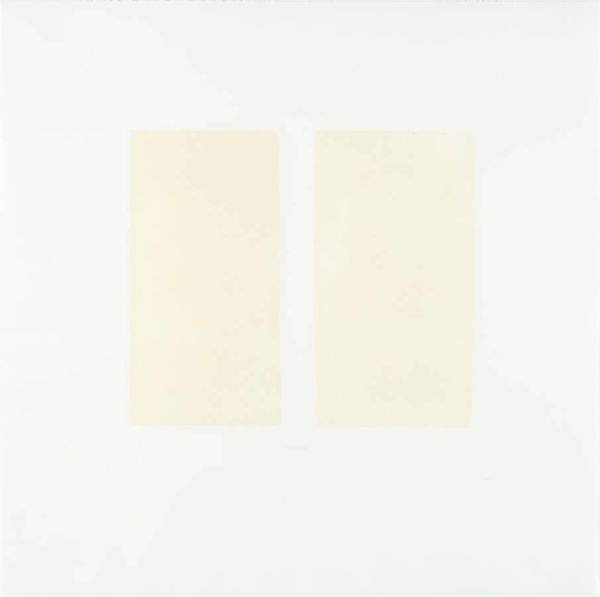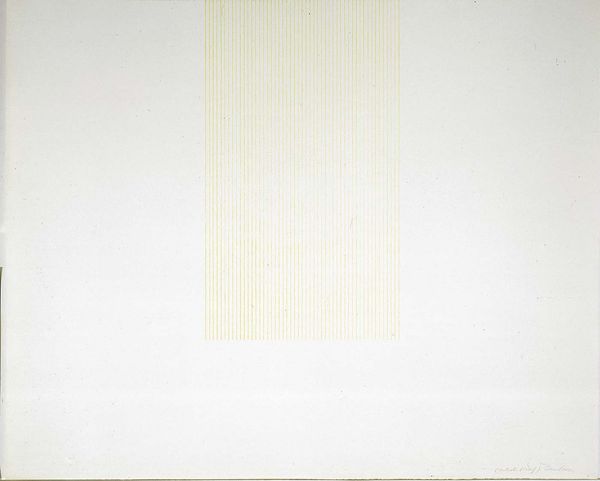
#
op-art
#
minimalism
#
op art
#
form
#
geometric
#
abstraction
#
line
Copyright: Turi Simeti,Fair Use
Editor: This is "Forme ovali al negativo," created in 1966 by Turi Simeti. It’s a white monochrome work, a series of slightly indented ovals in a grid. It's strangely calming, almost meditative in its simplicity. How do you interpret this work? Curator: It's interesting you find it meditative. Considering Simeti's practice emerging amidst the politically charged atmosphere of the 60s, particularly in Europe with Arte Povera, one might consider its deliberate simplicity a quiet resistance to dominant art market values. The monochrome can be seen as a leveling of visual hierarchy. What sociopolitical forces may have been at play? Editor: That's fascinating! I hadn't considered that. I was focusing on the visual aspect, how the light plays across the surface. But seeing it as a reaction against consumerism, or the art world's own structures, really reframes it. Do you think the repeated oval shape holds specific meaning, beyond just being a minimalist form? Curator: The oval, especially in its 'negative' or indented form, could be viewed through the lens of feminist theory. Does it evoke ideas of emptiness or absence? Can this resonate with experiences of marginalization and erasure? Consider how the monochrome field denies the viewer the conventional visual cues and symbols often employed by male-dominated art history. How does this resonate with societal constructions of gender roles, do you think? Editor: I can see that. It's like the lack of traditional elements creates a space for new meanings. Now I understand why seeing the socio-historical context is so essential for any piece. It pushes us to rethink assumptions about the meaning of the artwork and art history. Curator: Exactly! Art isn't created in a vacuum, and understanding its time, place, and the artist’s potential response can vastly expand how we experience it. Editor: Thank you, that really helps me to think critically about visual elements beyond formal qualities. It encourages a richer understanding.
Comments
No comments
Be the first to comment and join the conversation on the ultimate creative platform.
